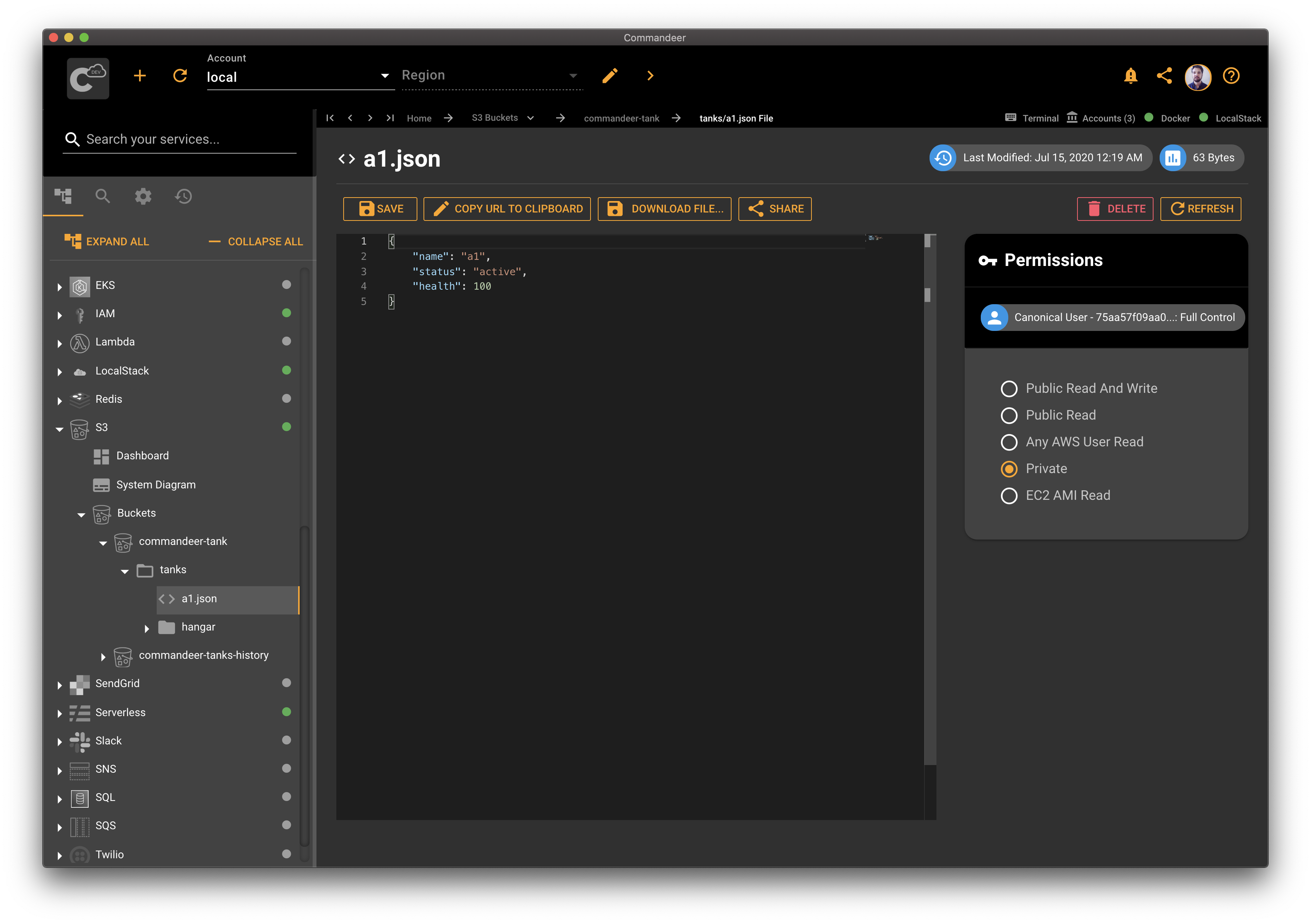
You need to specify -jar option before specifying any above options. cors – cross-origin resource sharing option for javascript.delayTransientStatuses – Since local DB completes its request instantly to simulate network you can add some delay using this option.If you do not set it, the file will be myaccesskeyid_region.db Default: false sharedDb – DynamoDB will store all data in a file shared-local-instance.db.optimizeDbBeforeStartup – optimize the backing database tables before server starts.You cannot use this option with InMeory enabled. If not specified the value is stored in the current directory. dbPath – The path where you want DynamoDB to store the data file.You will lose the data if the image is stopped/restarted. inMemory – The database will be set in memory.port – The port you want DynamoDB to server requests.You have various configuration options while starting the DynamoDB Docker images. Initializing DynamoDB Local with the following configuration: Status: Downloaded newer image for amazon/dynamodb-local:latest Unable to find image ‘amazon/dynamodb-local:latest’ locally > docker run -p 8000:8000 amazon/dynamodb-local Once the image is downloaded you will see that the docker is running in a default port 8000. Wait a few minutes till the image gets downloaded. The command above will fetch the Docker image. Make sure you have docker installed in your machine Simply run the following command to run DynamoDB in your machine:ĭocker run -p 8000:8000 amazon/dynamodb-local |> For running a docker image like above, In this tutorial, we will be using the DynamoDB Docker image for the setup. DynamoDB (Downloadable Version) and Docker.DynamoDB (Downloadable Version) and Apache Maven.DynamoDB (Downloadable Version) on Computer.You do not need an internet connection to work with local DynamoDB. This is not a production usable version but can be used for testing and development.
CAN WE RUN LOCAL DYNAMODB INSTALL
Since AWS DynamoDB is only available for AWS you cannot simply install the production version of DynamoDB in the local environment.ĪWS provides a local version of DynamoDB.


Local DynamoDBįor the case of testing and development, instead of using AWS resources, It will be nice if we could test it locally. We can also use DynamoDB local version for testing. We can specify the configuration and the required capacity of the table during its creation. Directly creating a table in DynamoDB is enough. You do not need to configure any servers. This means you do not need to worry about the infrastructure needed for AWS.


 0 kommentar(er)
0 kommentar(er)
